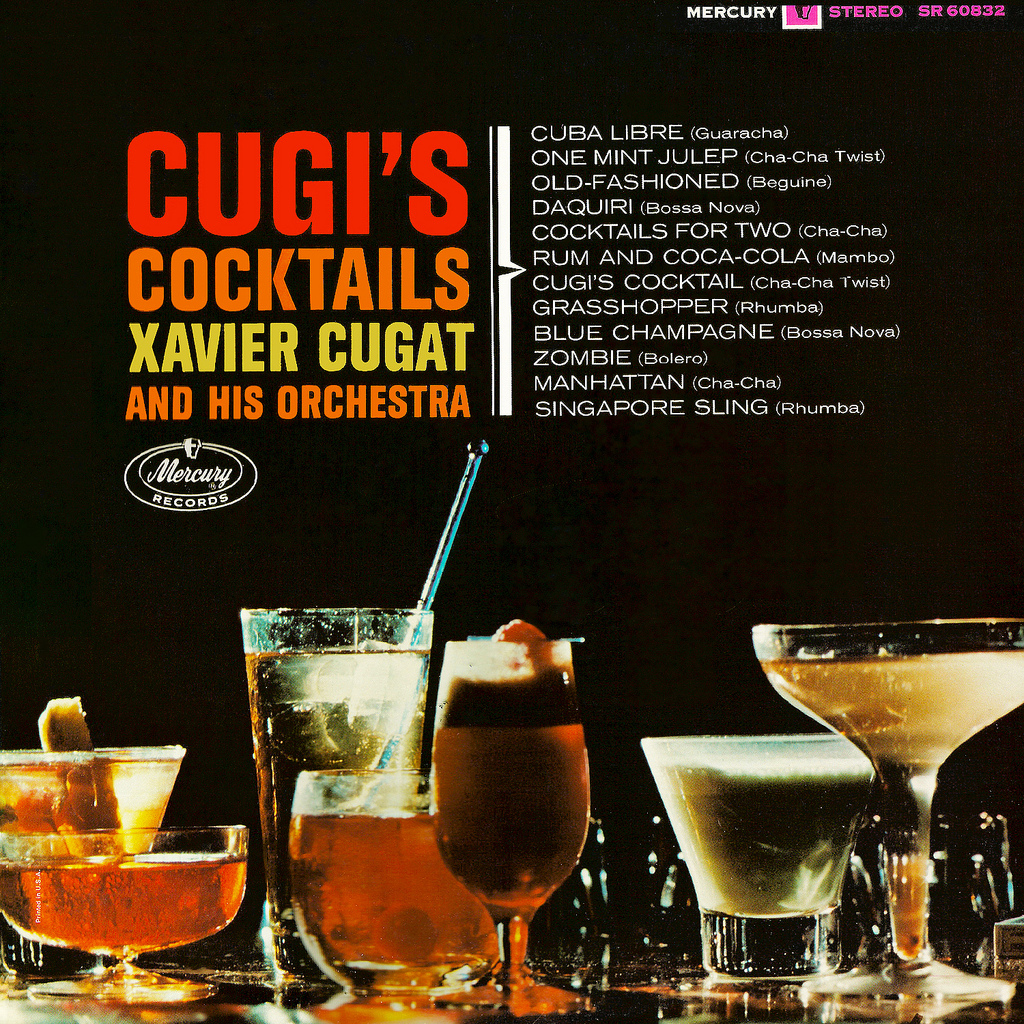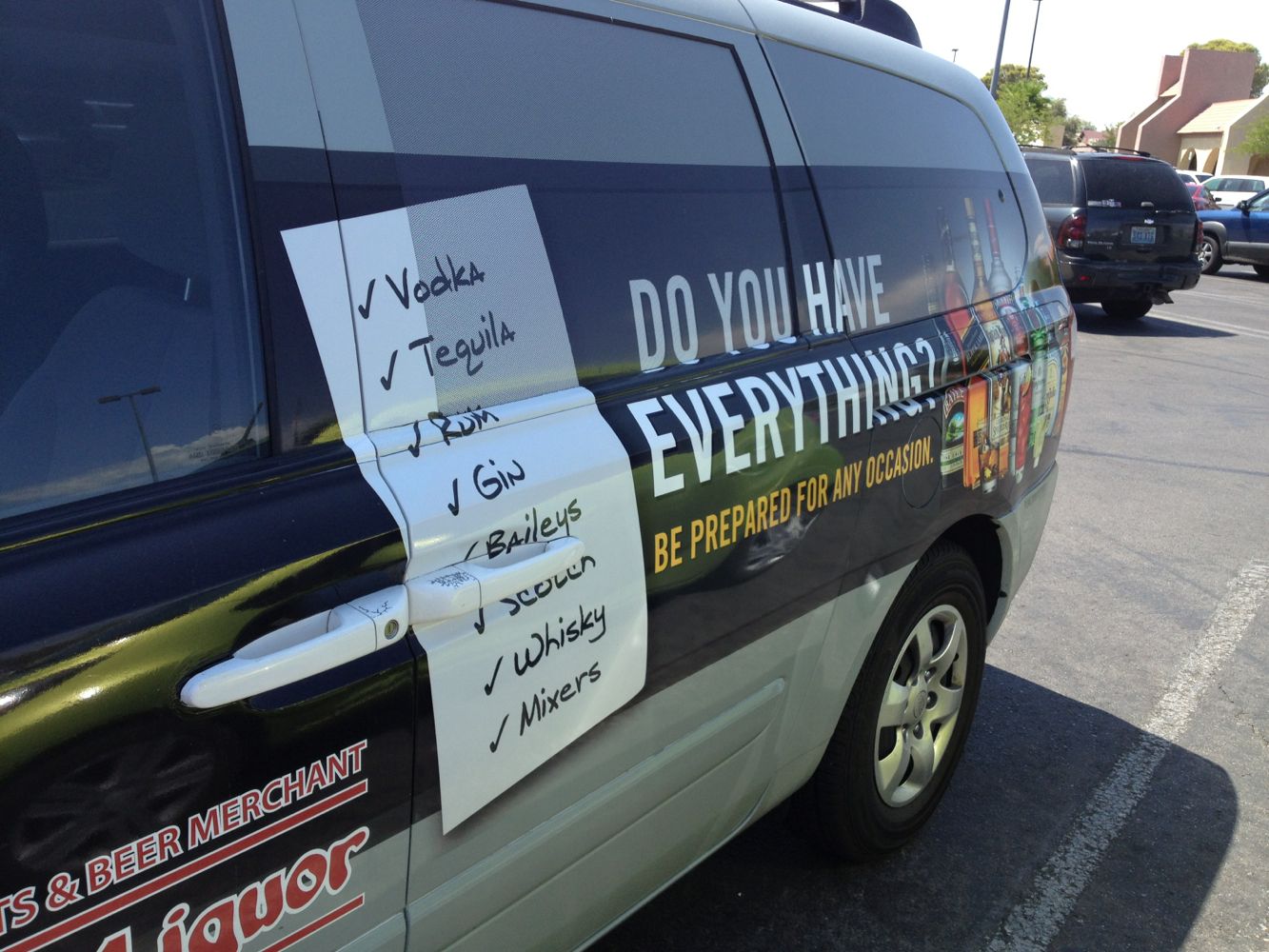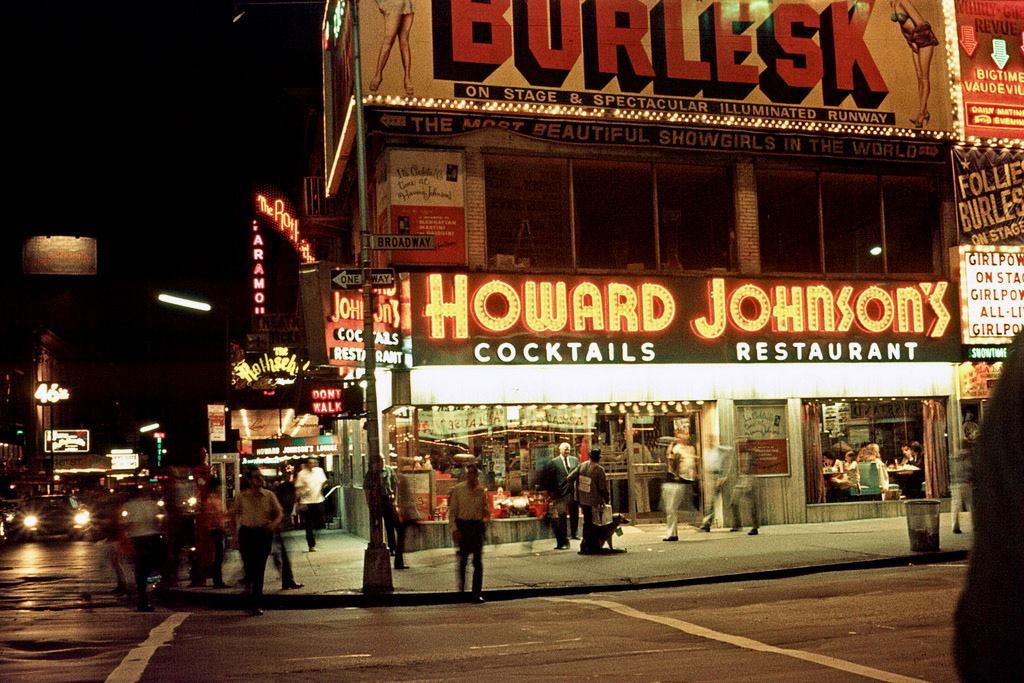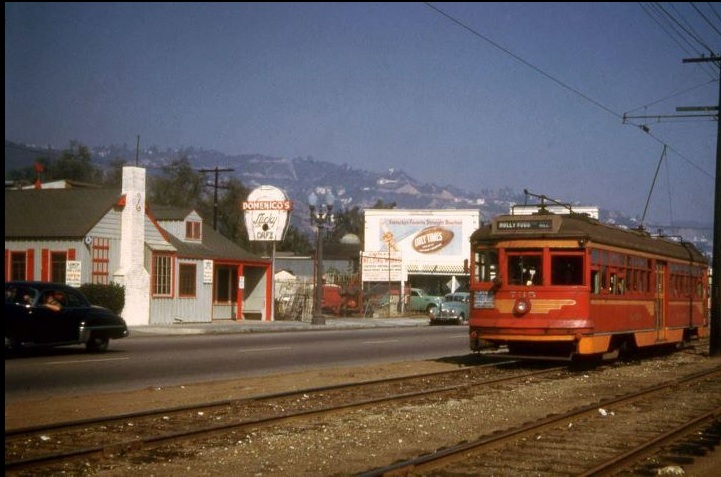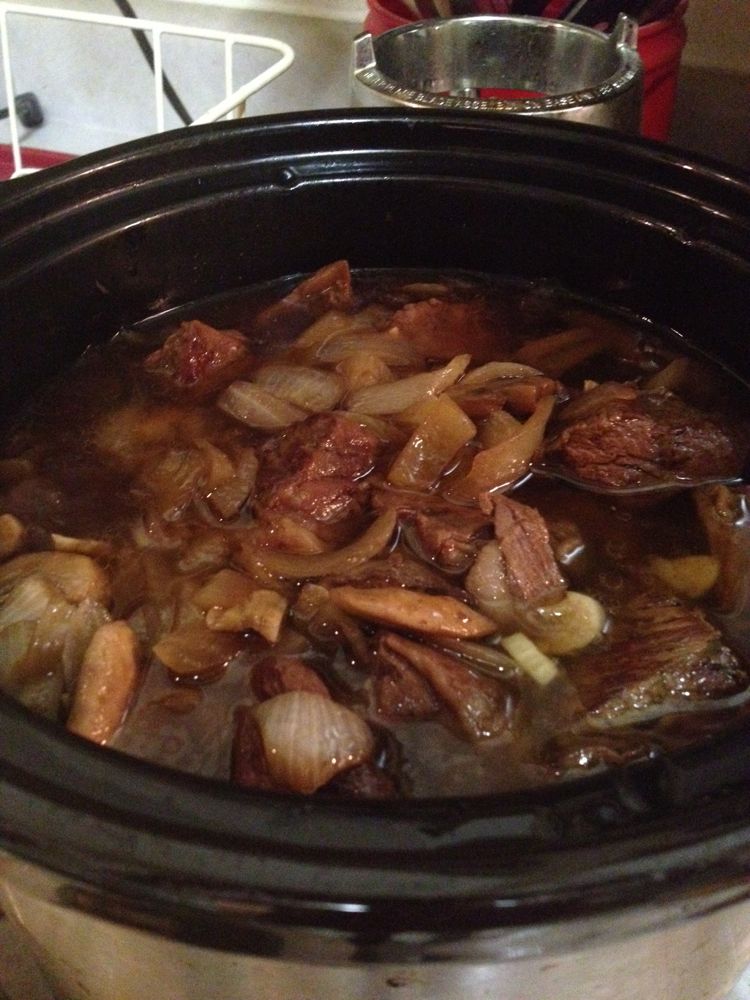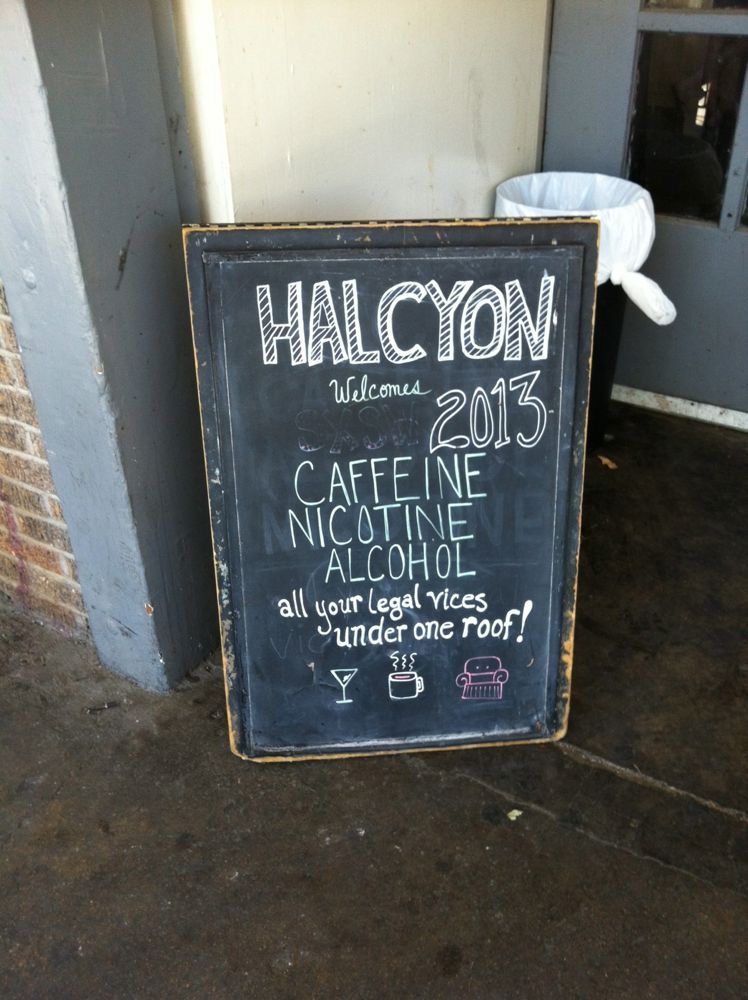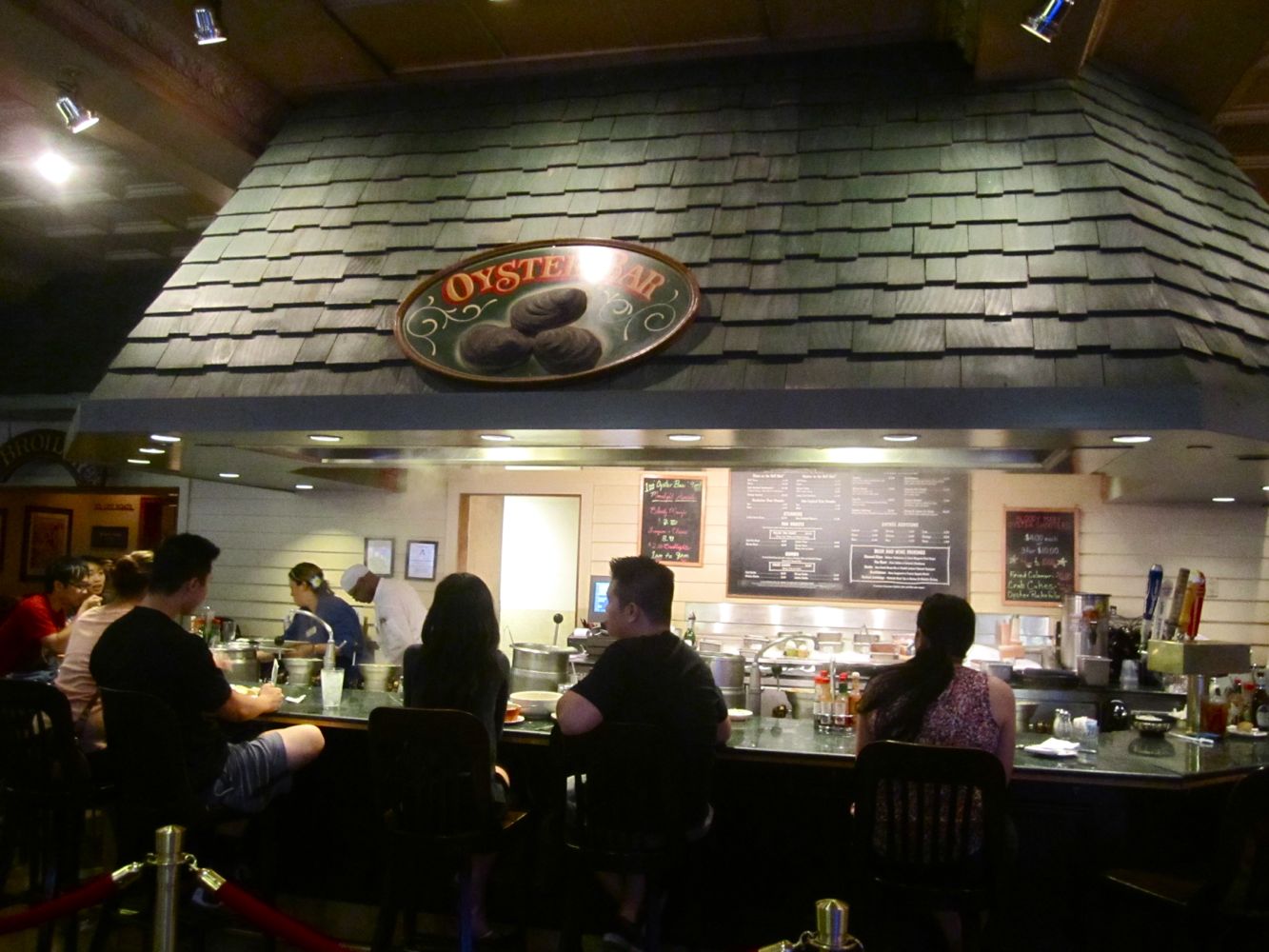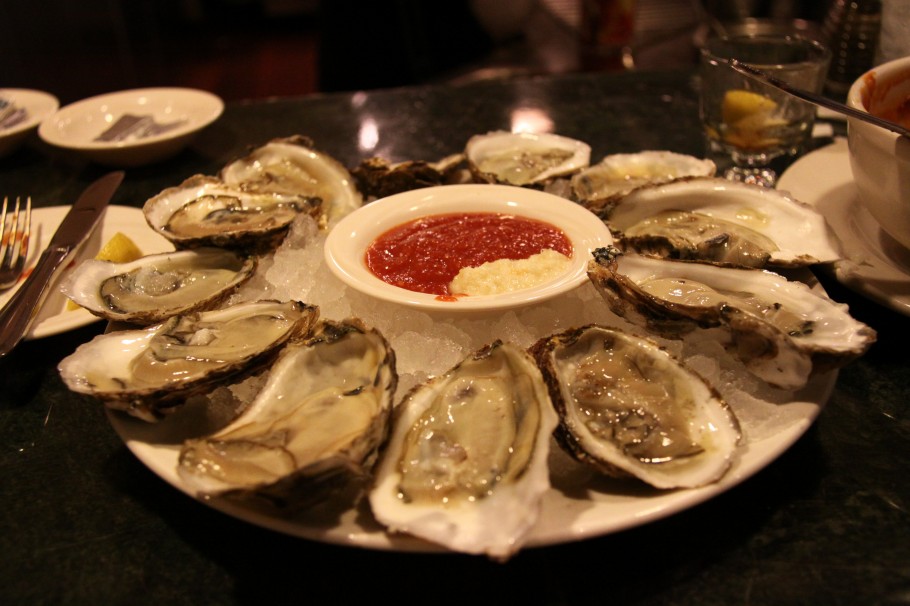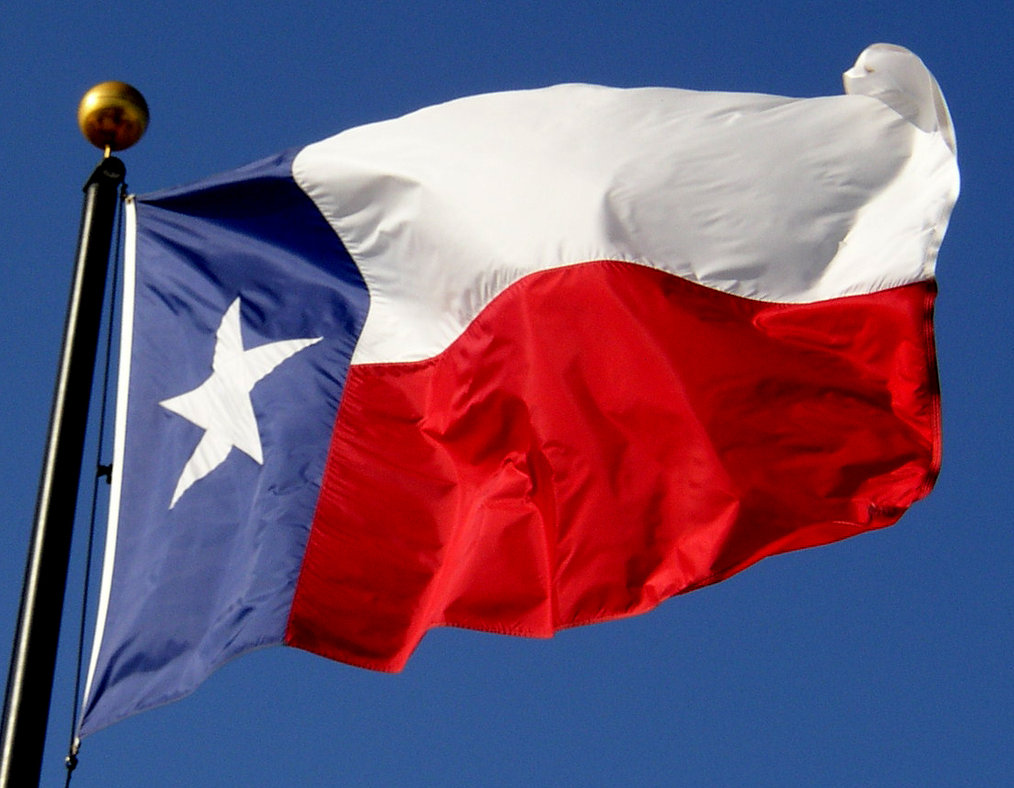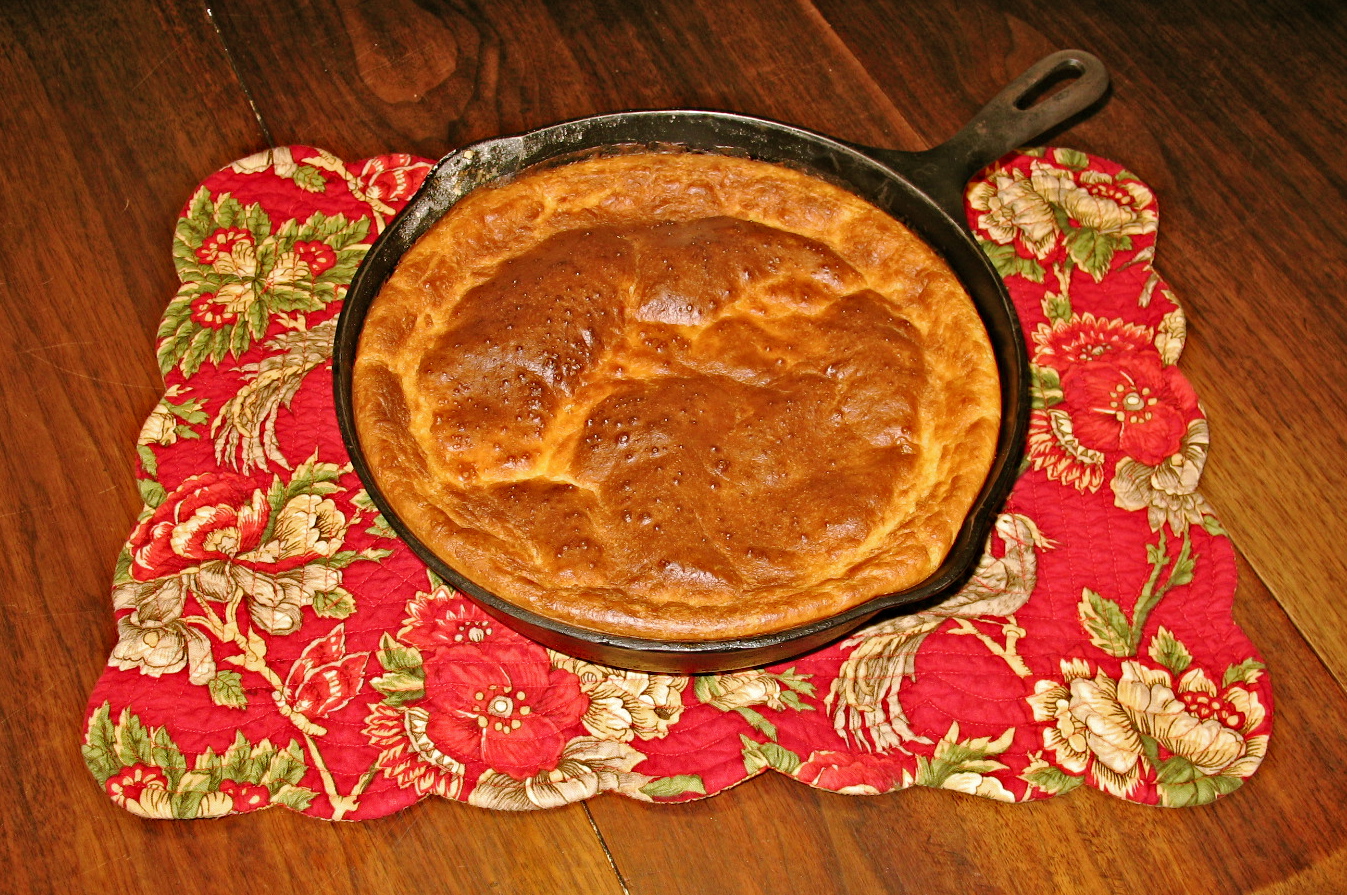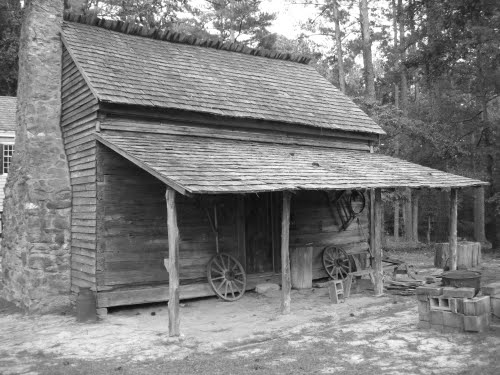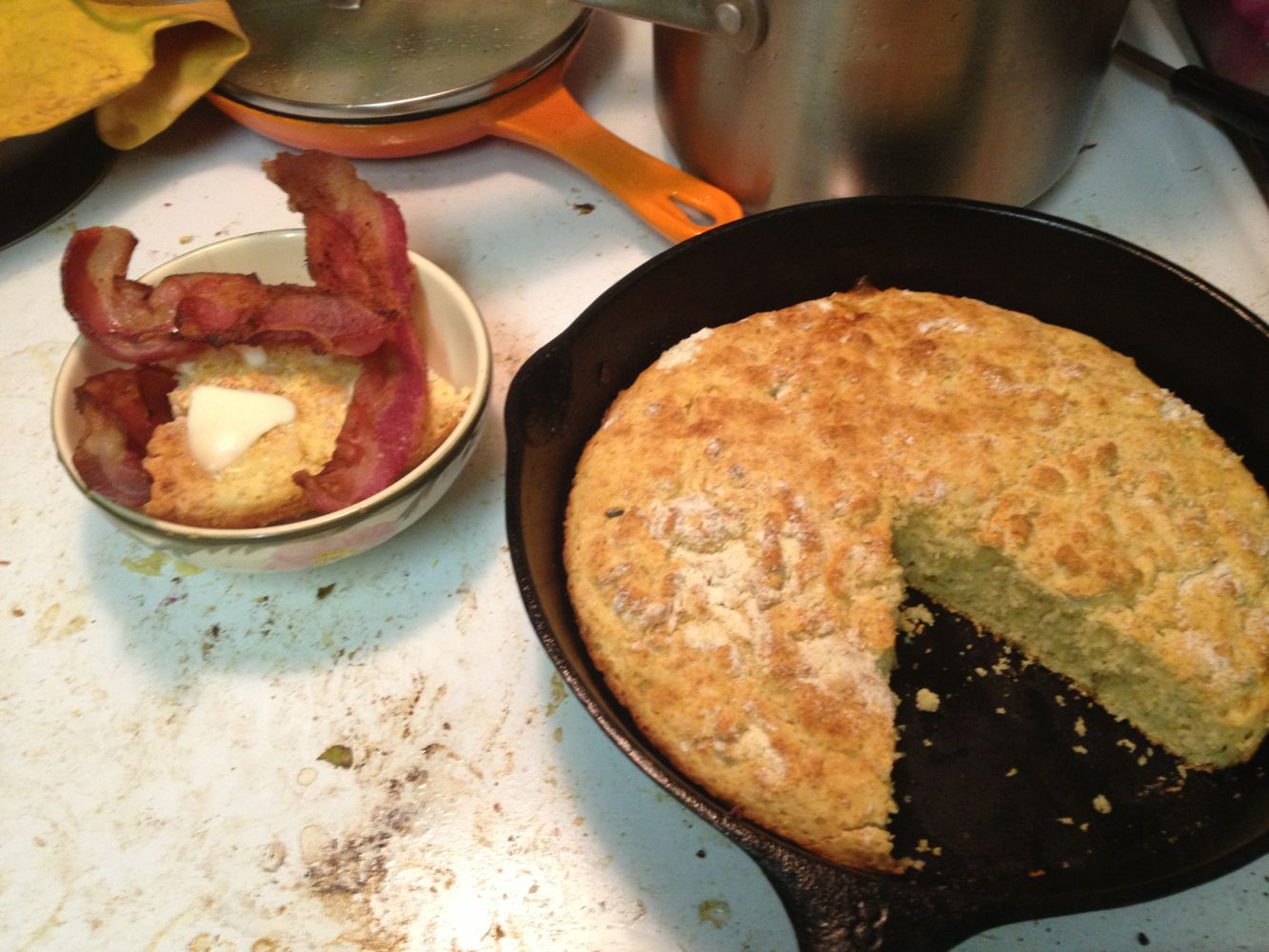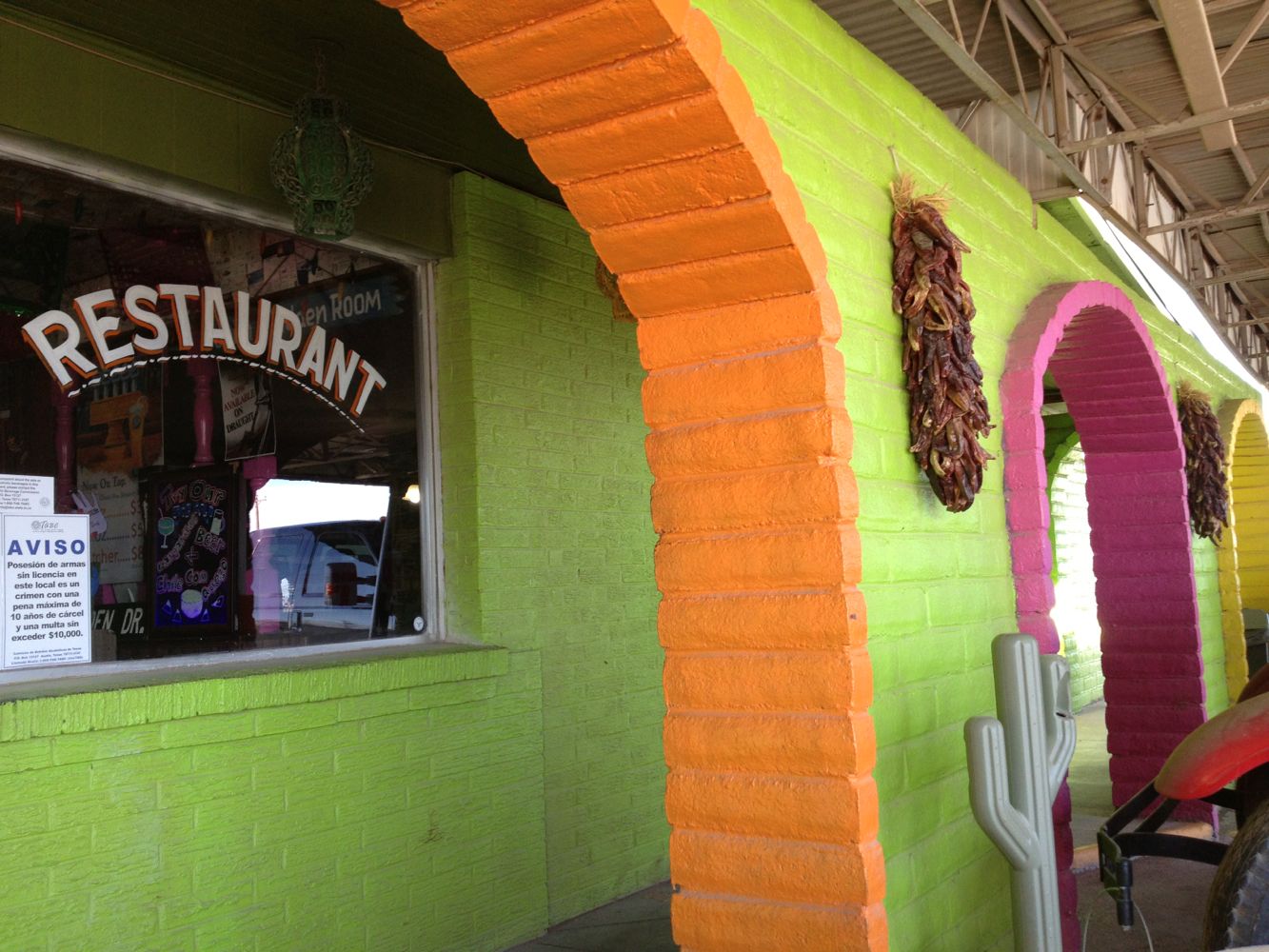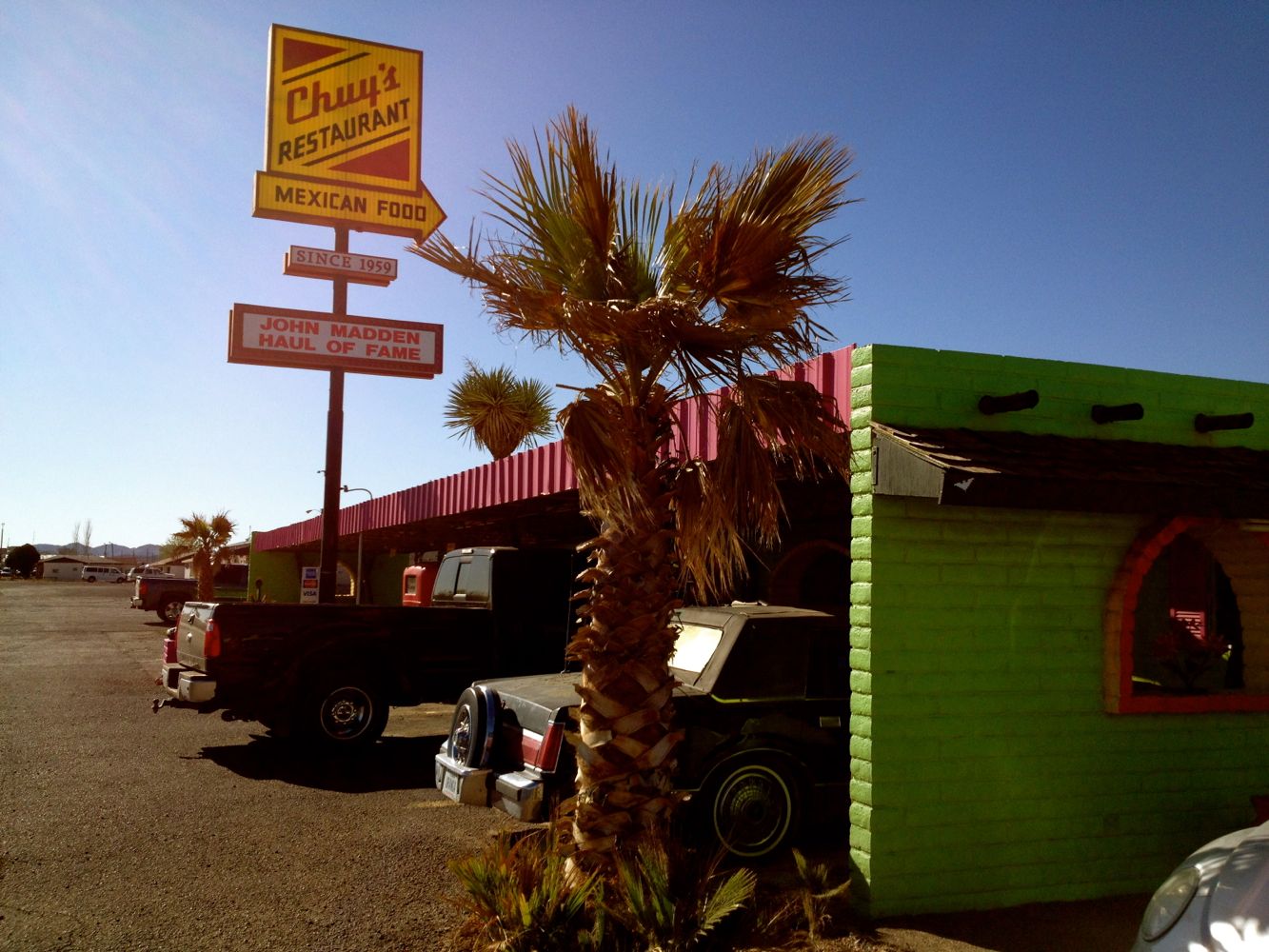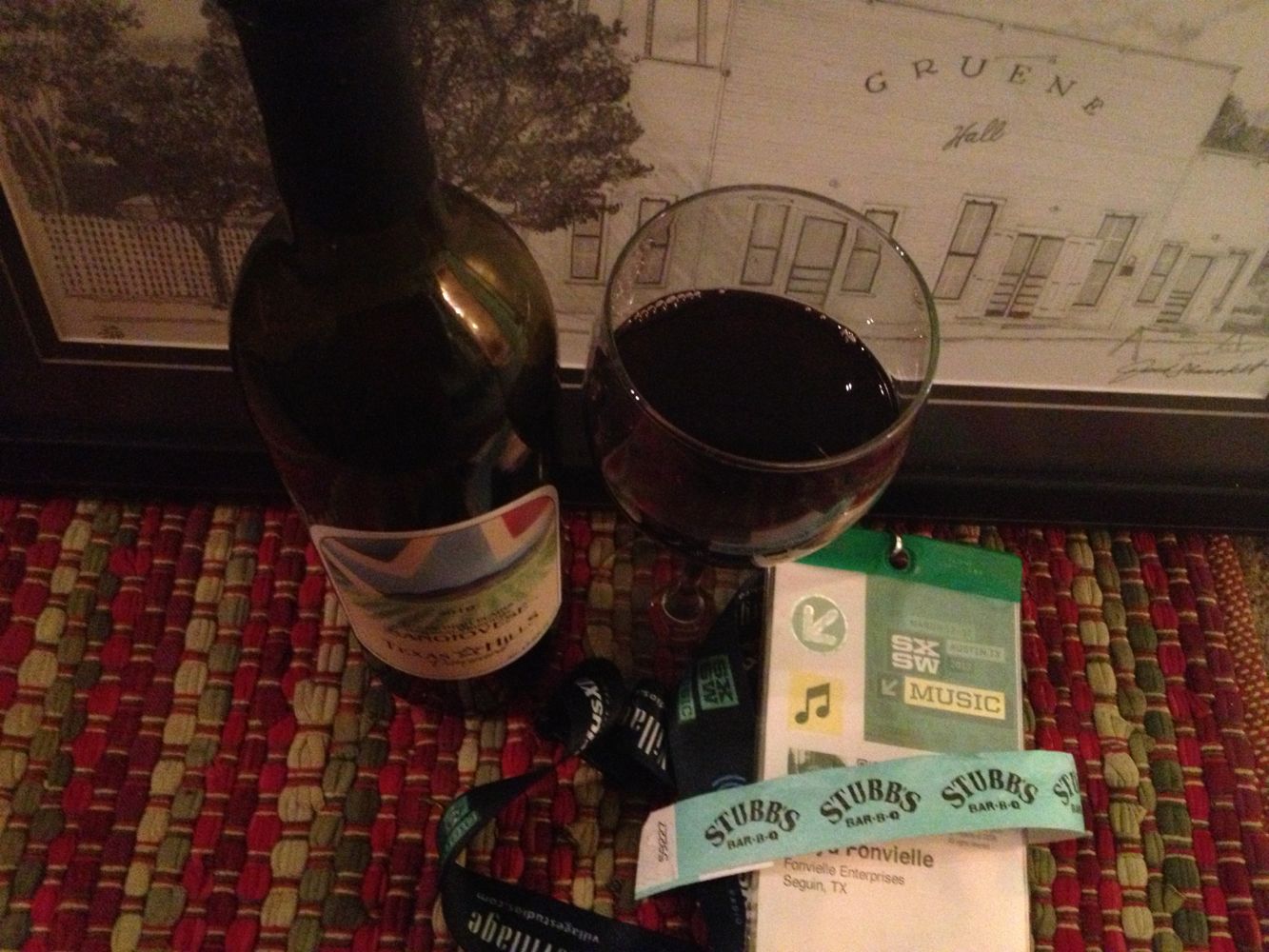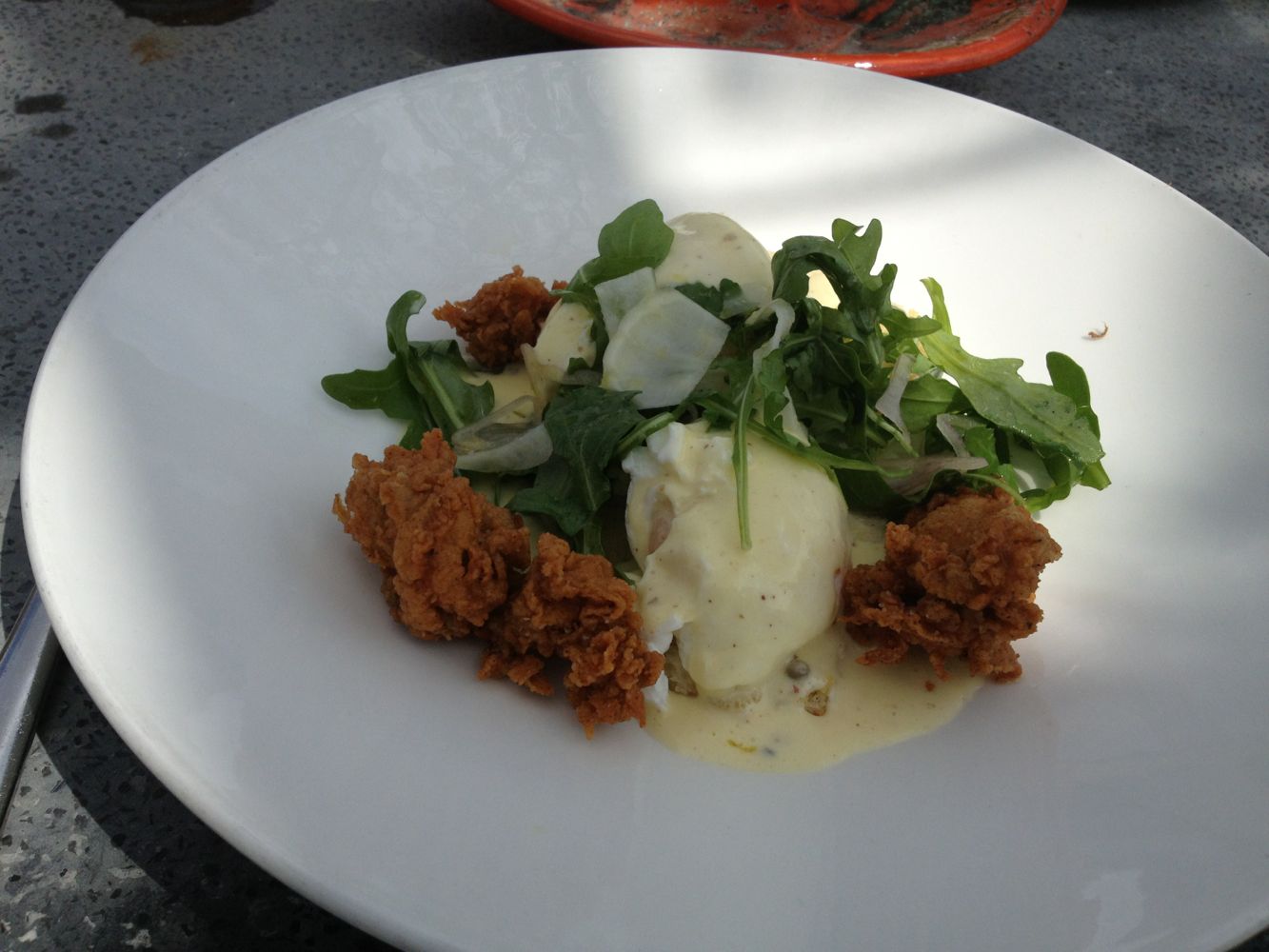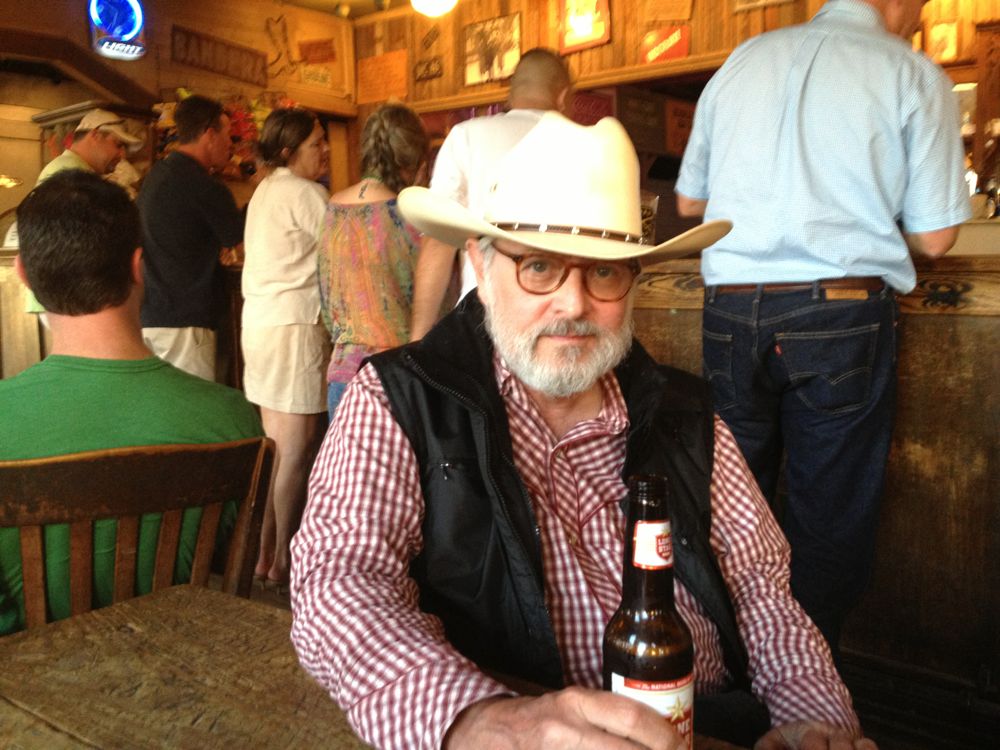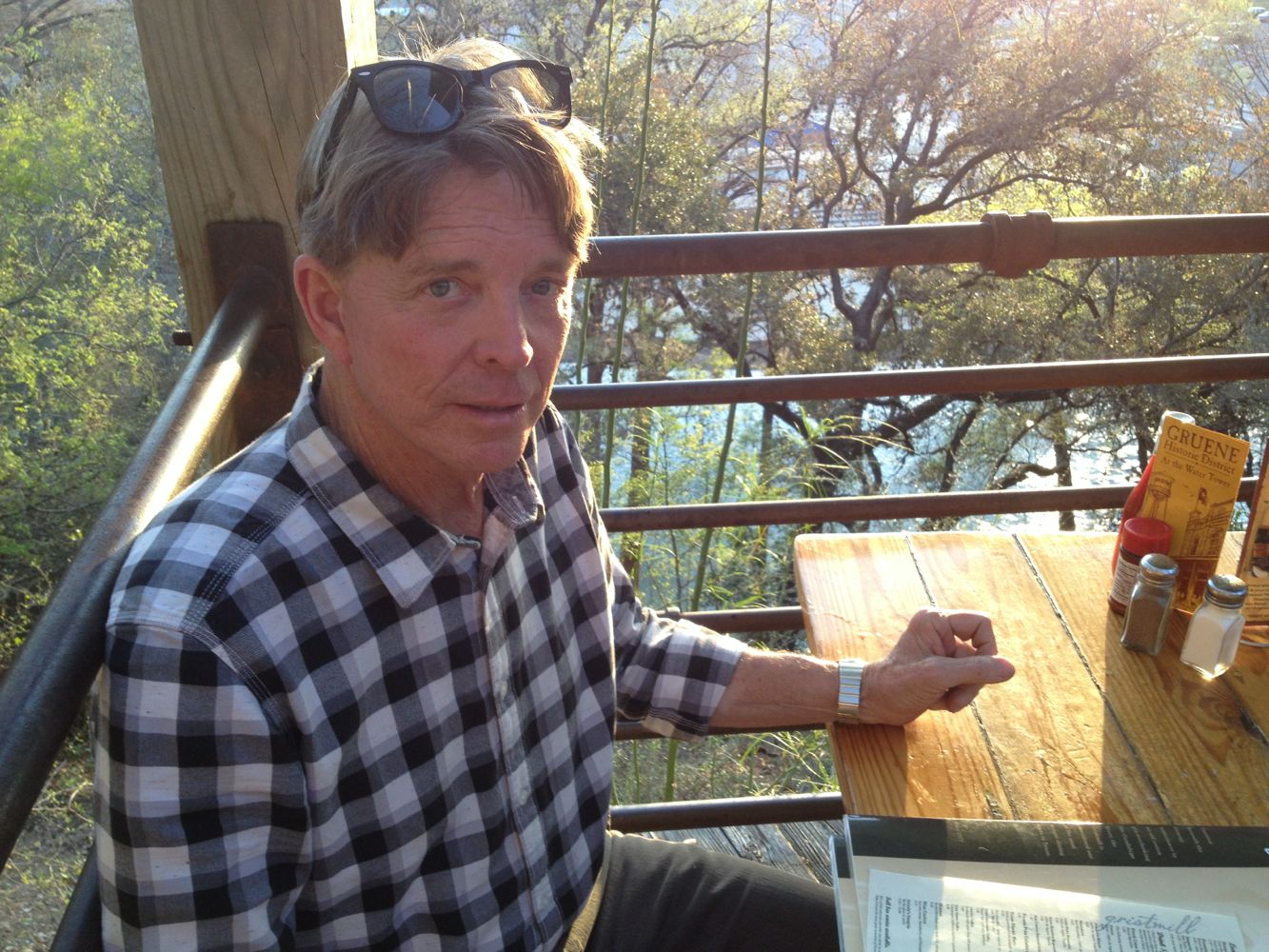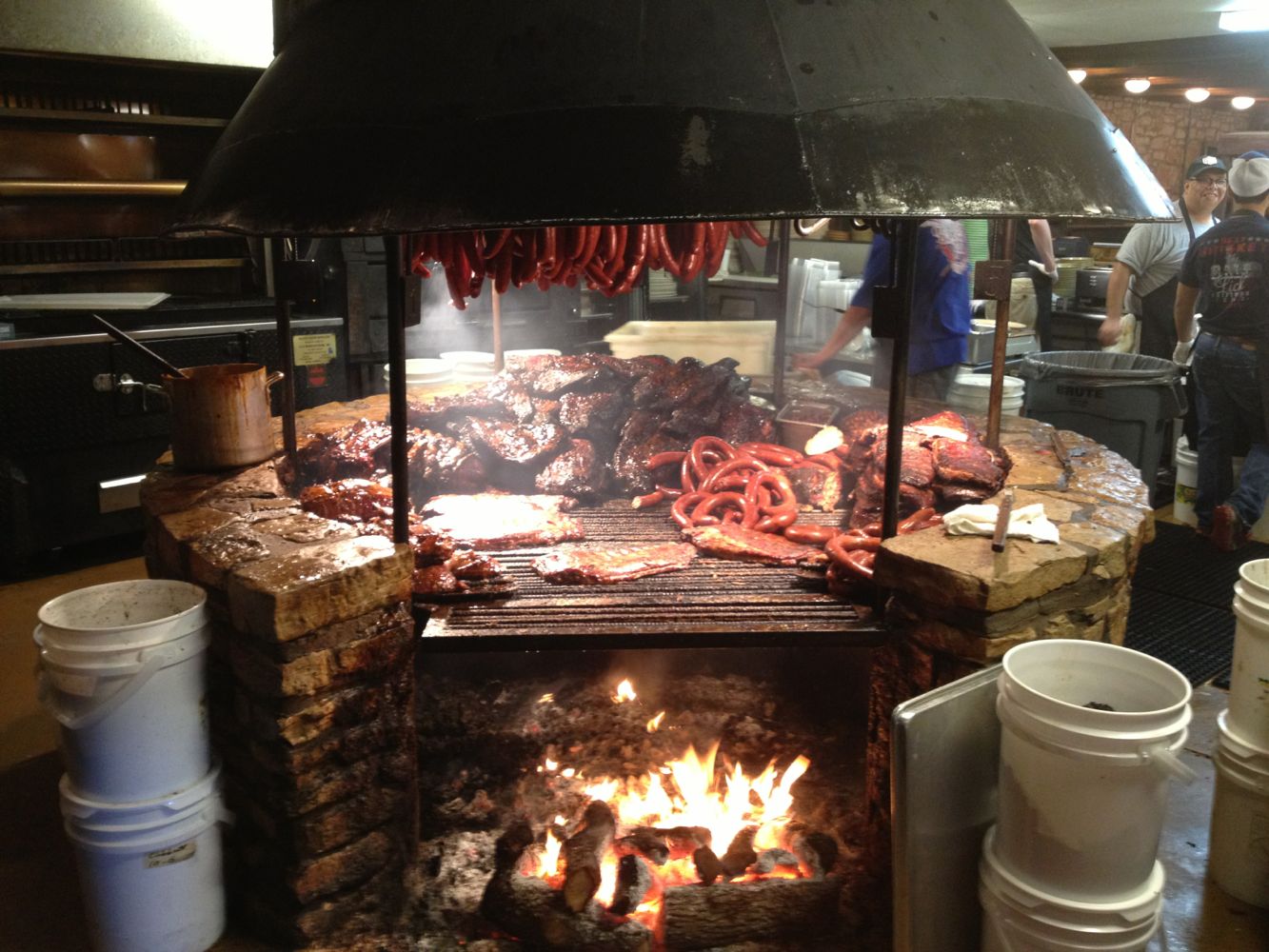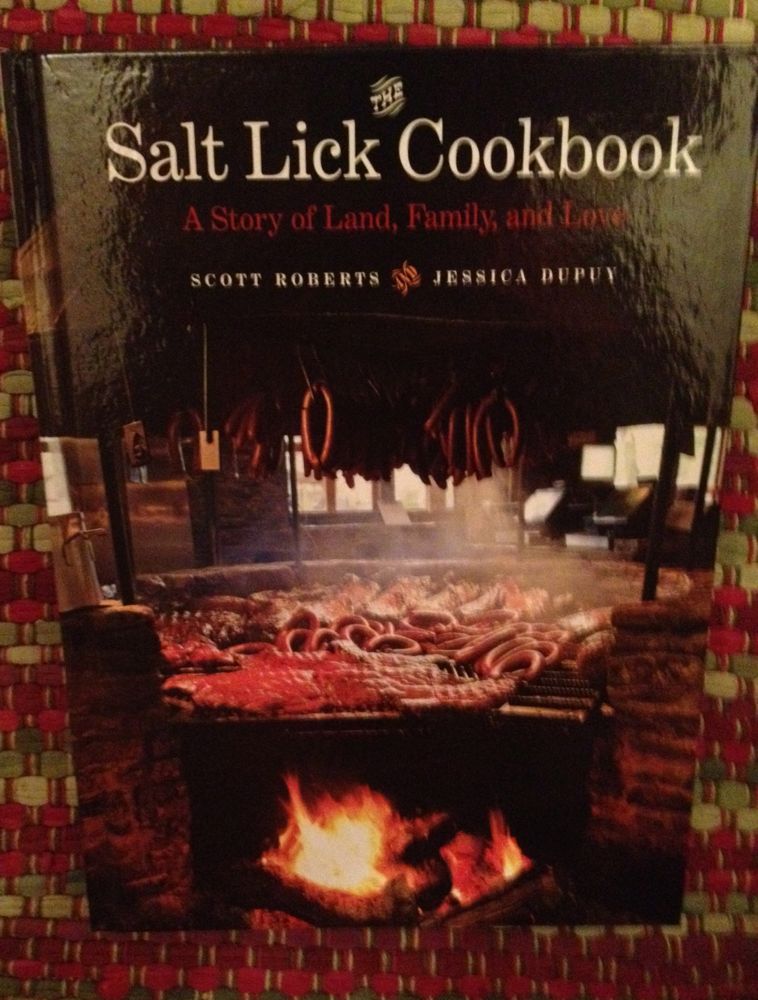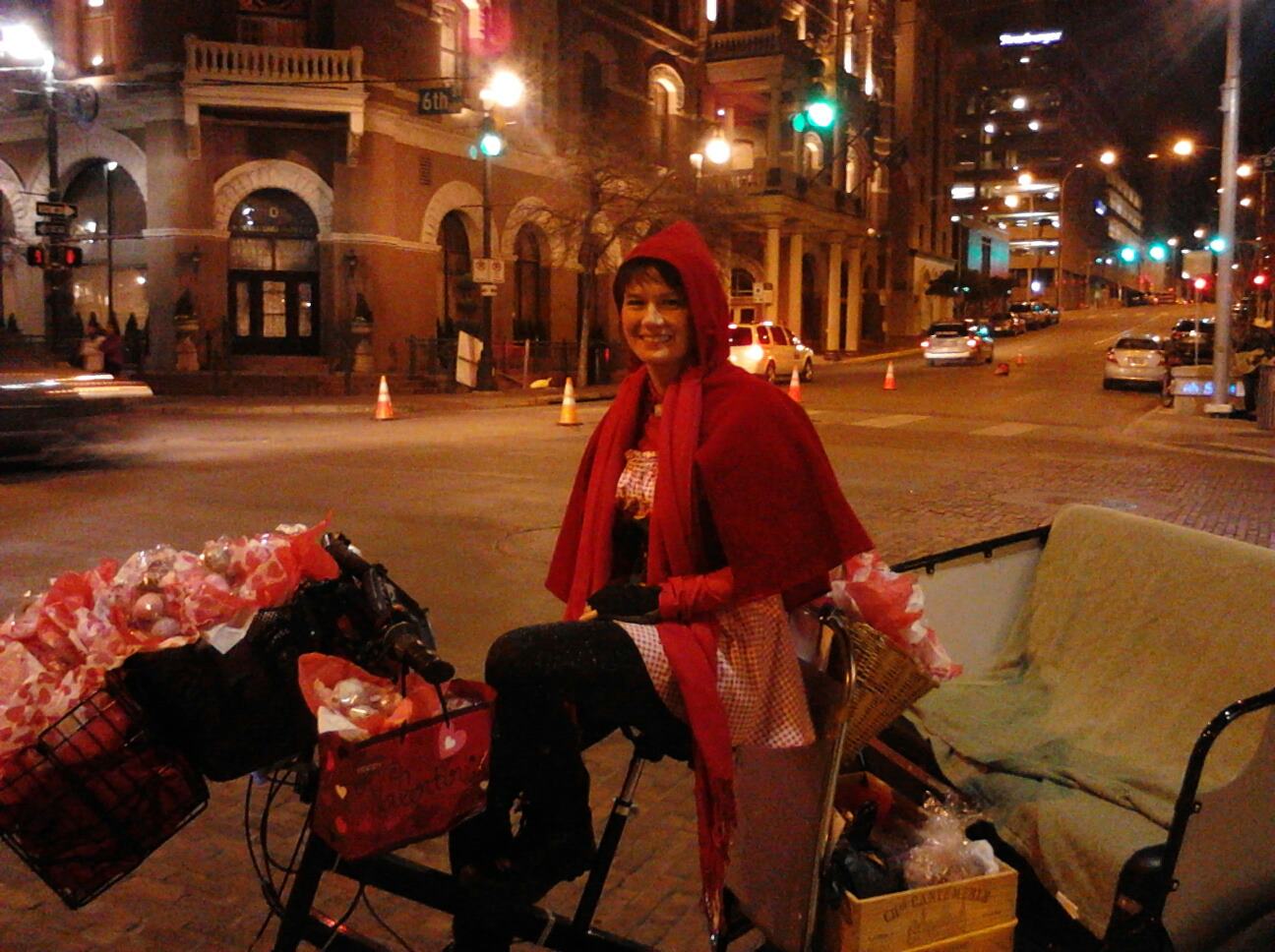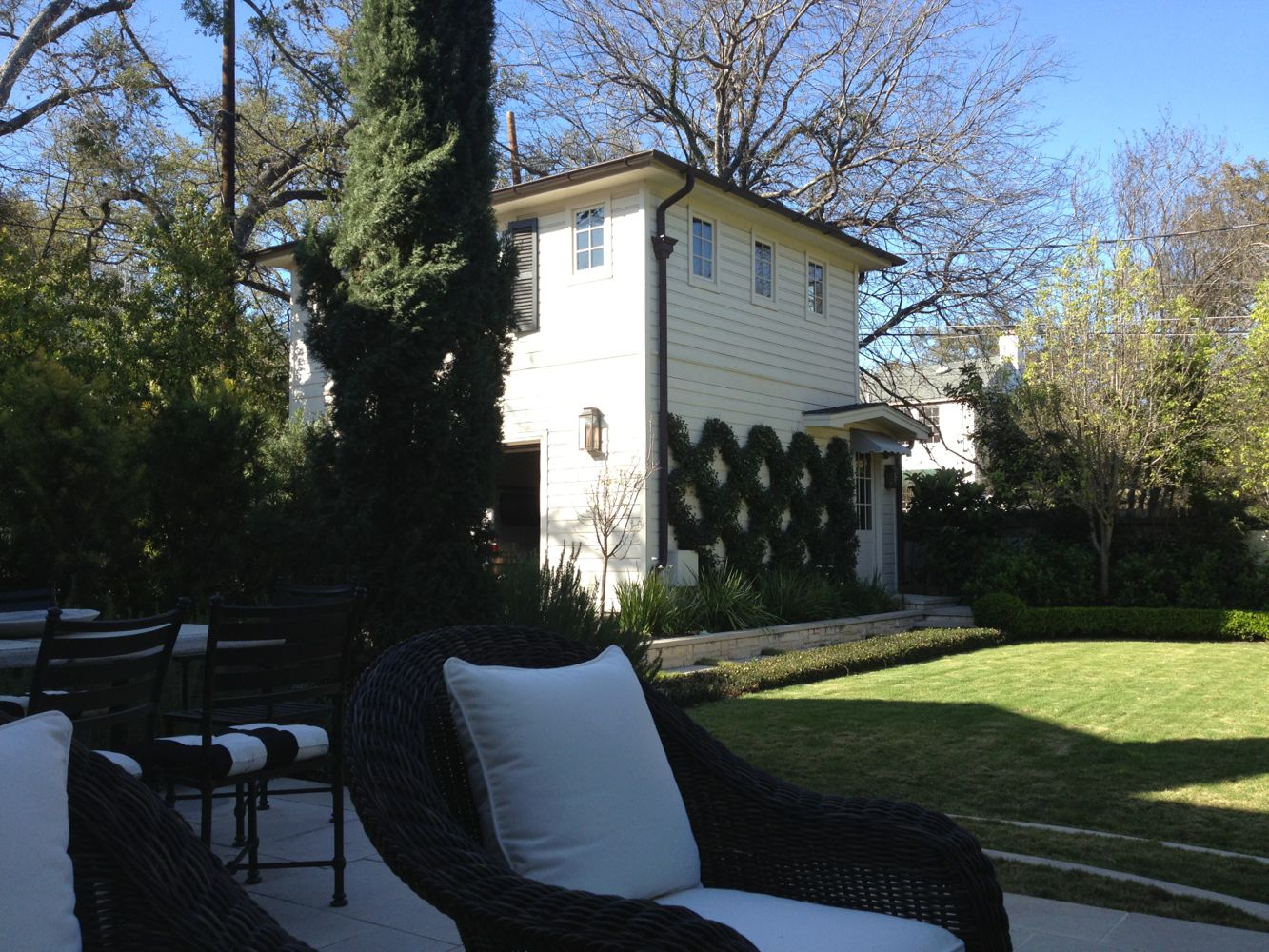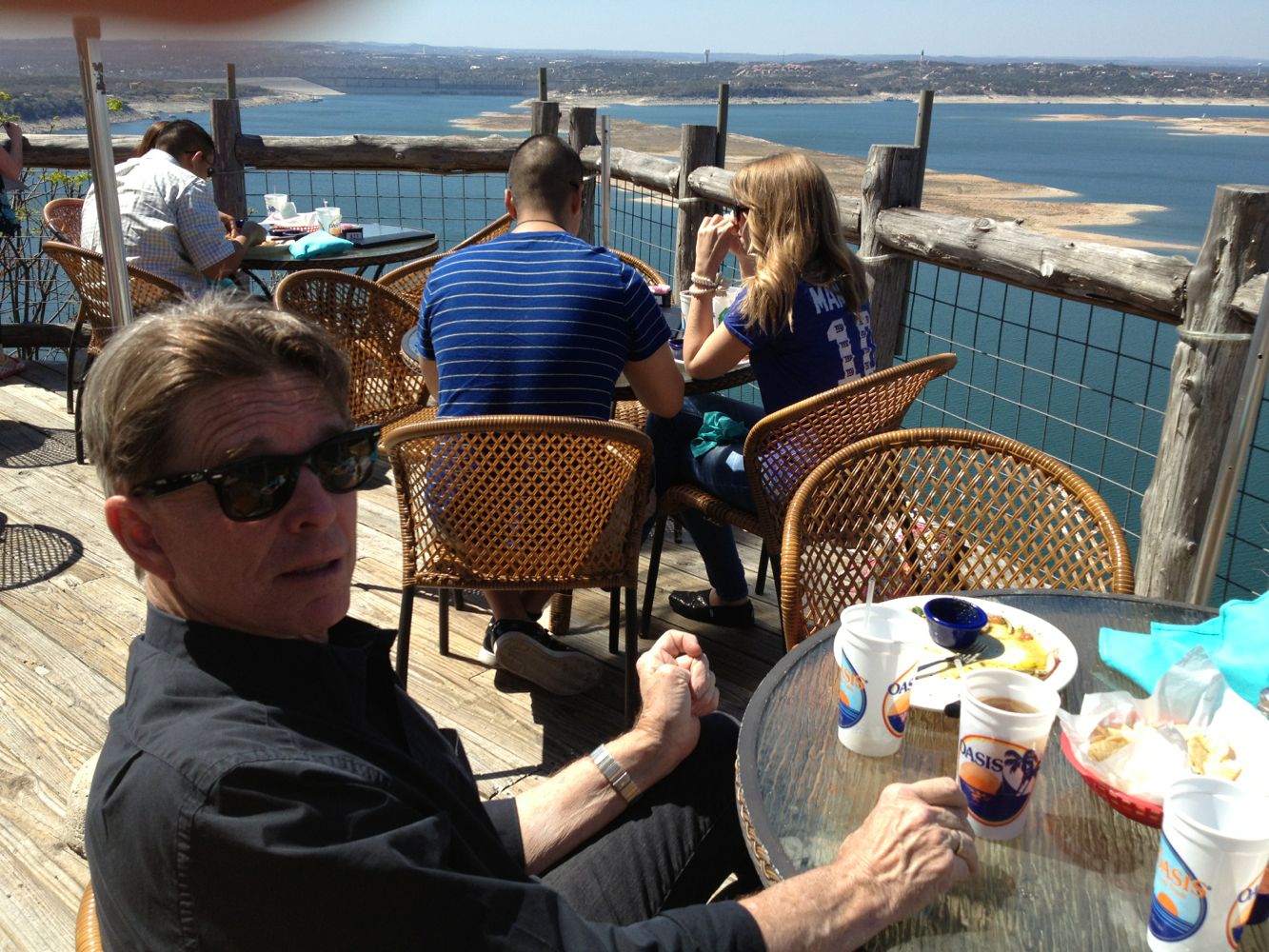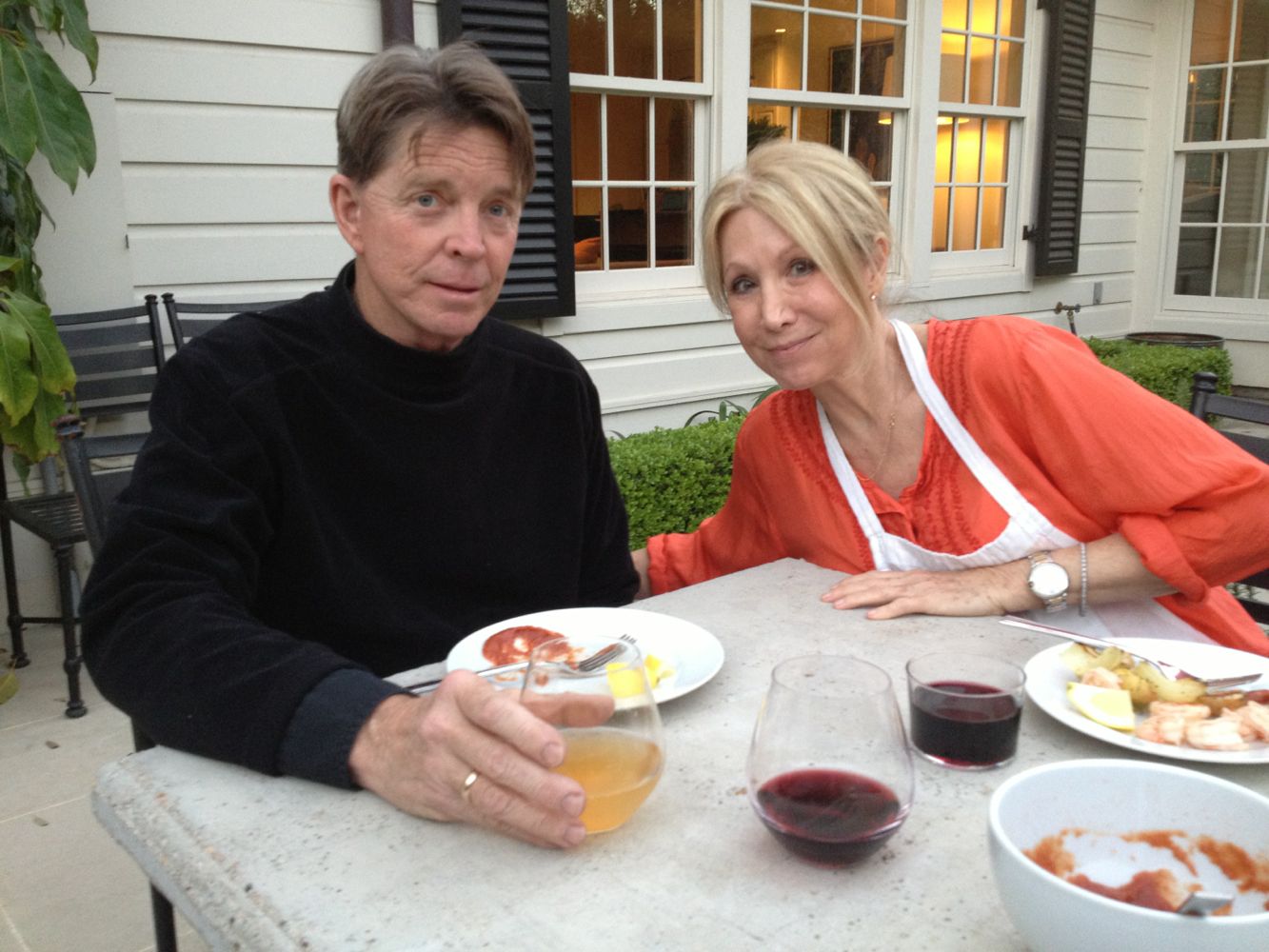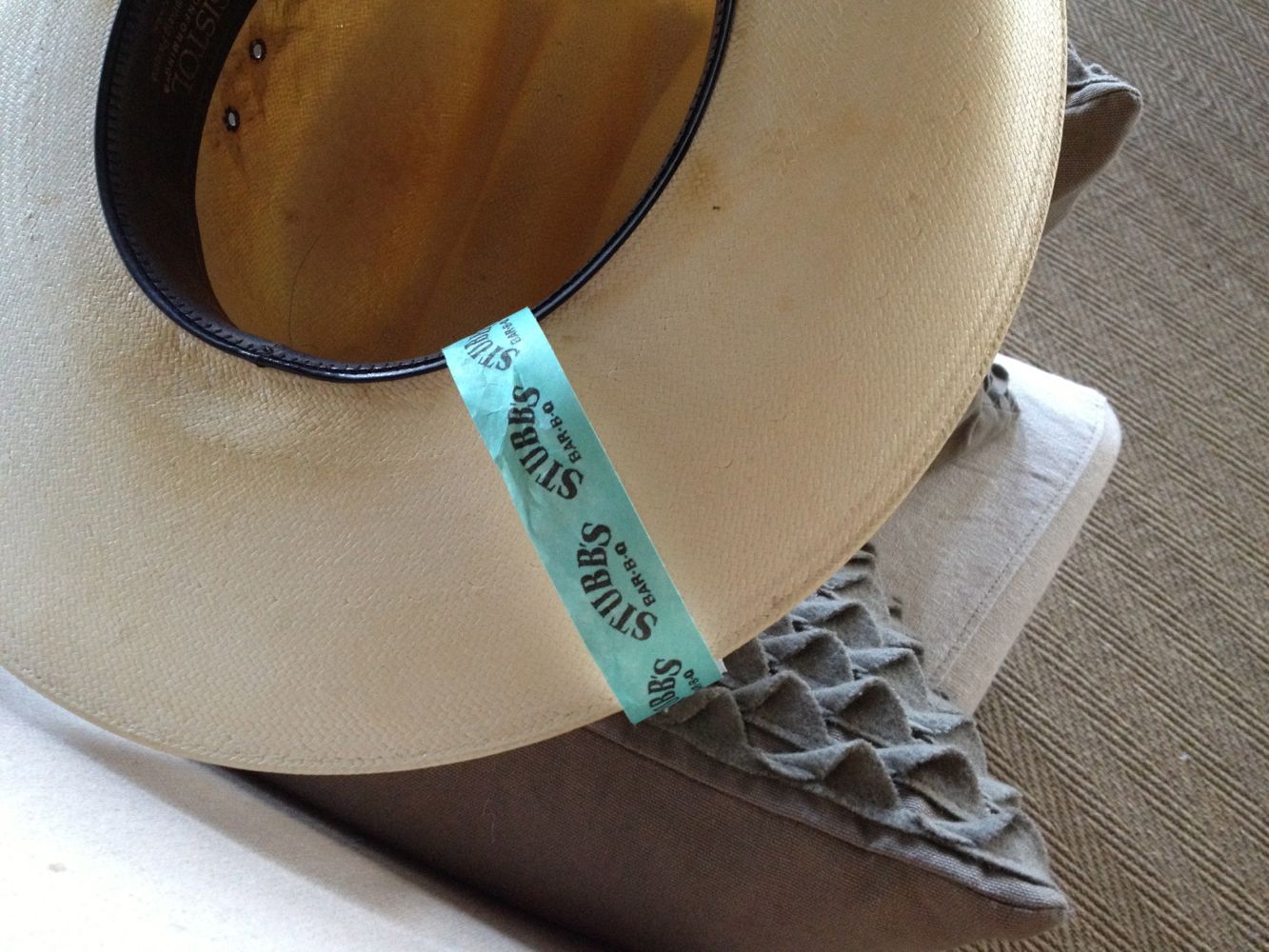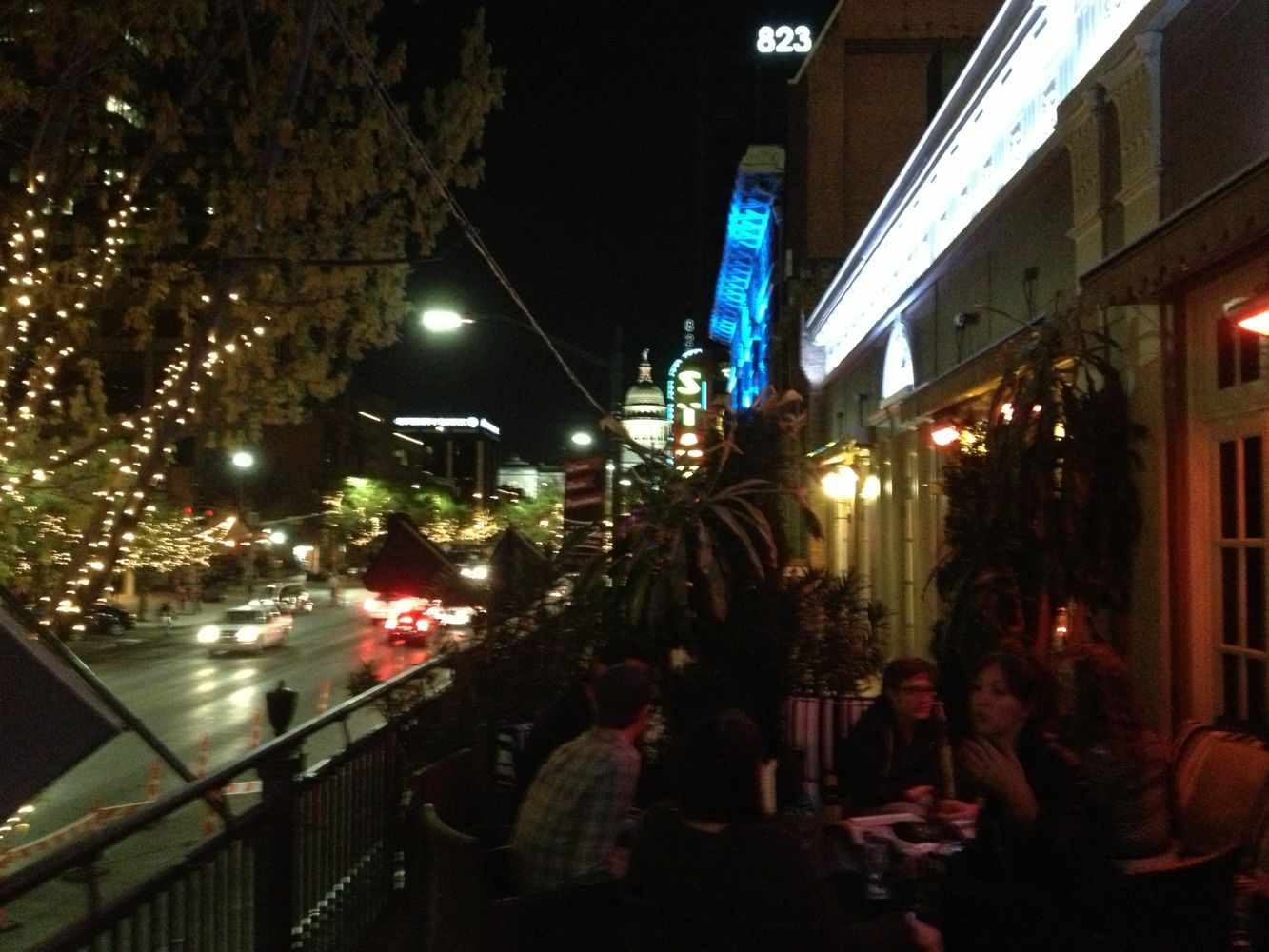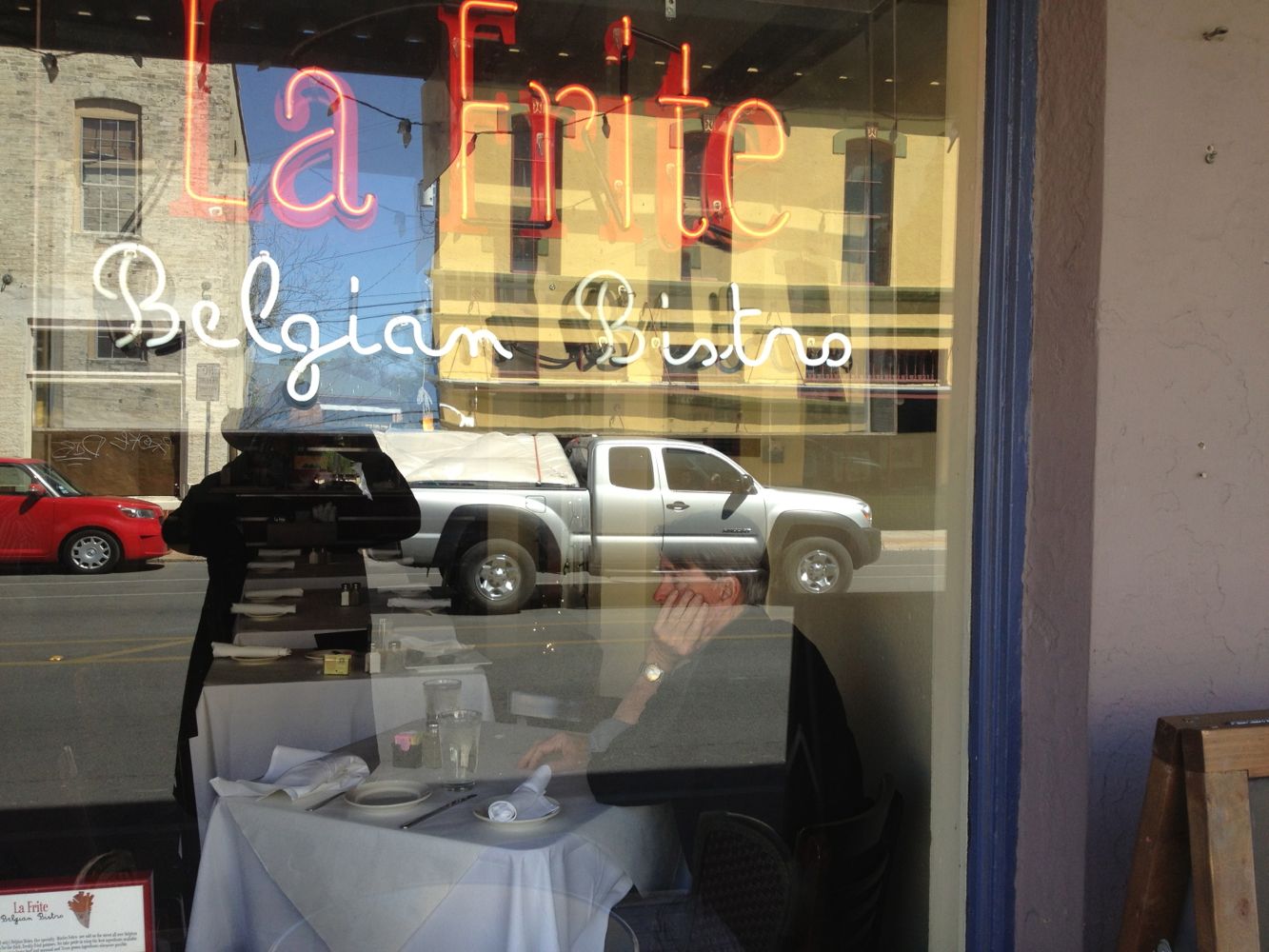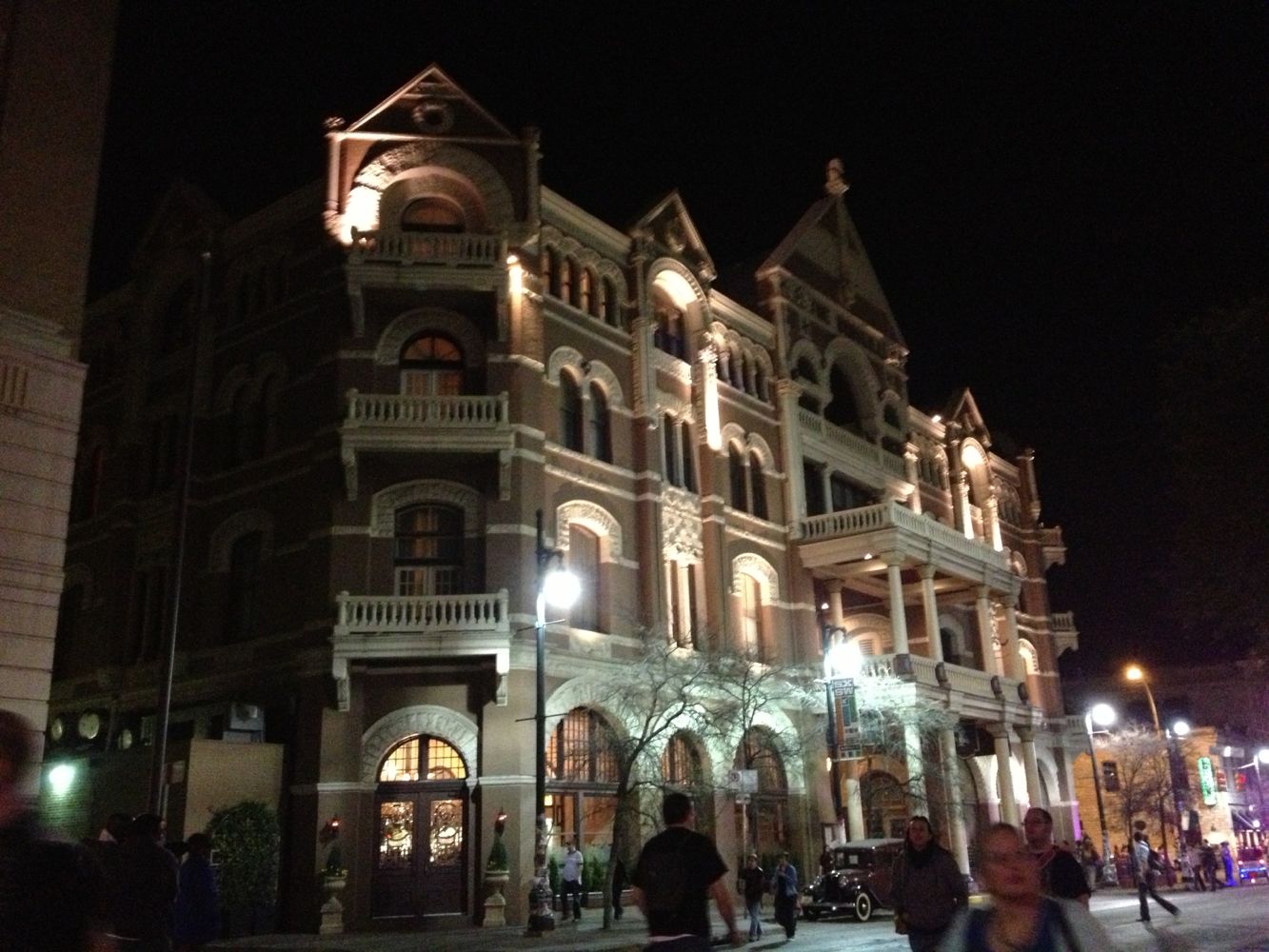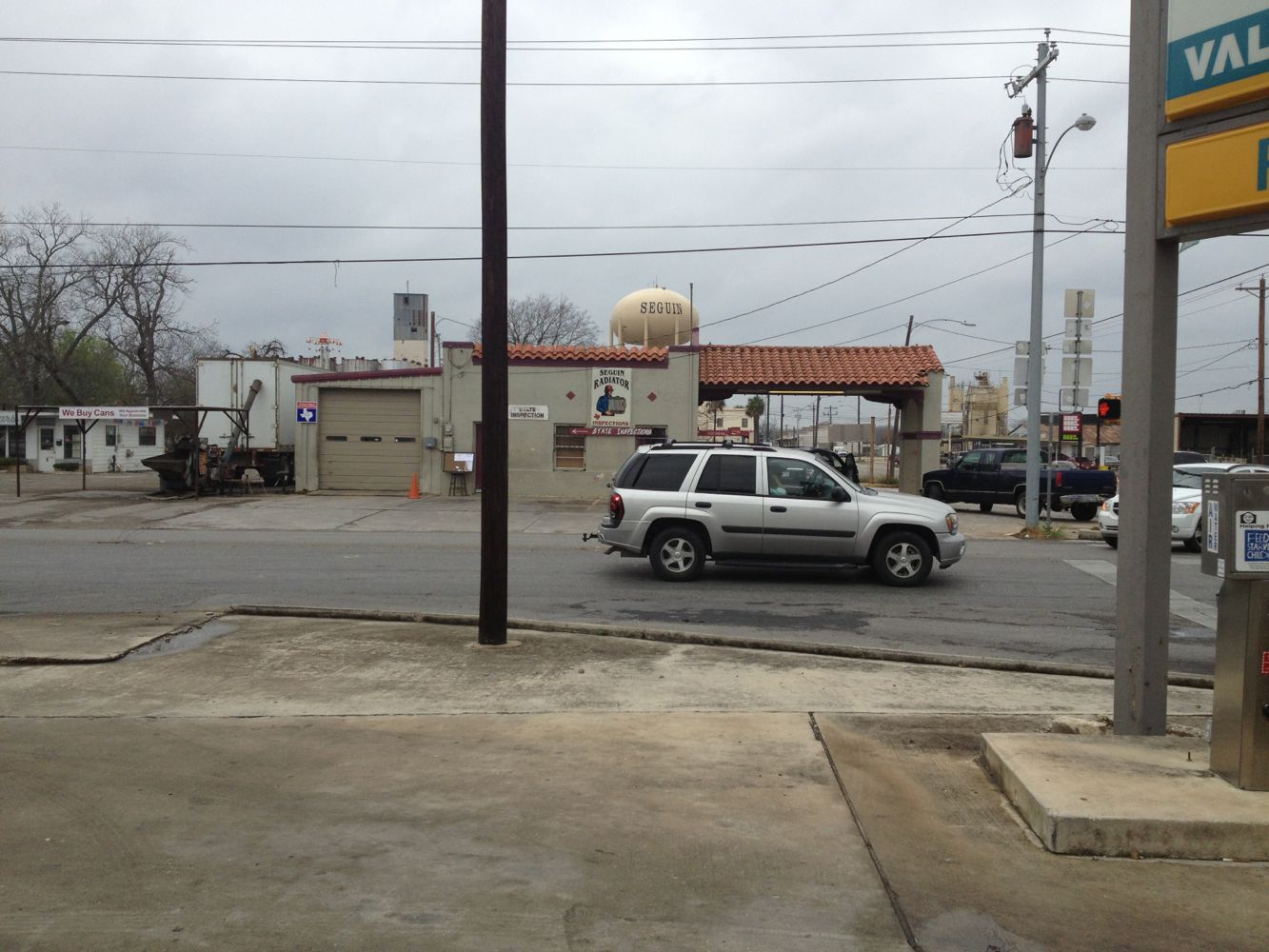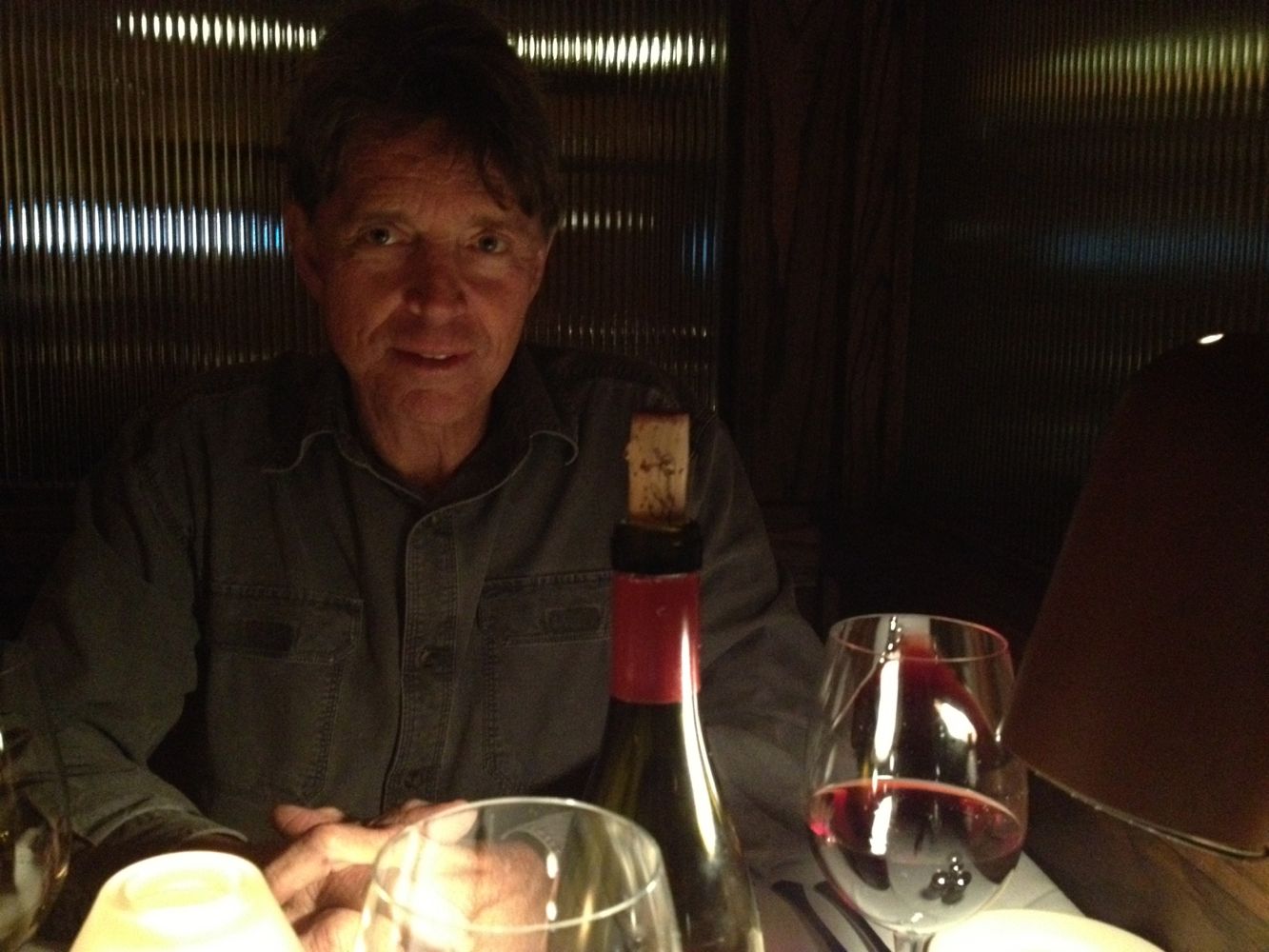Click on the image to enlarge.
Category Archives: Food and Drink
WELL DO YOU, PUNK?
HO JO’S
The Times Square branch. This place was still going strong in 1972 when I moved to New York, a year after this picture was taken. It holds a special place in my heart because of some strawberry shortcake I had there once on my birthday with my sister Lee.
I have eaten strawberry shortcake on every birthday of my life as far back as I can remember birthdays. It has always been my favorite dessert and somehow it became a birthday tradition. On one birthday in the 1970s my sister and I had a celebratory dinner at a place near Times Square where strawberry shortcake was on the menu, but when we ordered it after we had our main course they’d run out of it. It was nearing midnight, and we ran around Times Square from restaurant to restaurant trying to find some before the witching hour signaled the end of of my birthday.
Ho Jo’s had it — we ordered and ate it on time. The tradition was upheld. Thank you, Howard.
Click on the images to enlarge.
BEFORE IT WAS DAN TANA’S
THE SIMPLEST BEEF STEW
About two pounds of boneless chuck, cubed, salted and peppered and browned in a skillet, a couple of medium-sized onions, chopped coarsely, six or seven garlic cloves, chopped coarsely, sliced mushrooms — all combined in a Crock-Pot and not quite covered with Murphy’s Stout. Cooked in the pot for six hours on high. (Twelve hours on low would also work.)
So easy — so aromatic, so tasty.
A COOL PLACE TO HANG OUT
OYSTER BAR
The Oyster Bar at the Palace Station Casino in Las Vegas is a tiny establishment, seating about 18, on the edge of the casino floor. It serves raw oysters and clams, steamed clams and mussels, and various types of seafood pan roasts and gumbos. It has four beers on tap, including Anchor Steam and Newcastle Brown Ale.
It is open 24 hours a day, with special dishes, like Oysters Rockefeller, on offer between 5pm and 10pm, and drastically reduced prices between midnight and 5am. Palace Station is a locals’ casino, downscale, so the clientele at the Oyster Bar is far from hoity-toity, which adds to its appeal.
It’s the sort of place you would expect to find in any civilized city — the sort of place that defines a civilized city. The fact that there is nothing like it in Los Angles or New York speaks for itself.
Try ordering raw oysters and beer in Los Angeles at 2:15 am, or raw oysters and beer in New York at 4:15 am, and you will realize immediately that you are in the provinces.
FRONTIER FOOD
Lately I’ve been reading, with great delight and admiration, Frederick Law Olmsted’s A Journey Through Texas, which records a journey he and his brother took through The Lone Star State in 1857.
Olmsted is best known today as the co-designer, with Calvert Vaux, of Central Park in New York City, but he was fine writer, who took several journeys through the slave states before The Civil War in order to report on conditions there to the rest of the country. Olmsted disliked slavery and found its effects on white Southern society pernicious, but he was not a zealot on the subject, content to report coolly on what he saw, both good and bad.
His book about his journey through Texas is one of the great works on the frontier West, filled with clear, richly detailed descriptions of the landscape and the people, including transcribed snippets of conversations engaged in or overheard along the way, and fascinating observations on modes of travel, habitations and foodstuffs. The brothers traveled mostly by horse, and slept under canvas whenever possible.
One interesting fact Olmsted reports is that from western Louisiana throughout most of Texas the travelers could rarely find any food anywhere except cornbread and fried pork, usually served with coffee. This was served at all meals, in the humblest cabin they sought refuge in from time to time and in the dining room of the best hotel in the state capital of Austin (which was something of a hovel.)
Fresh butter was almost unheard of, as was wheat bread, and even wheat flour could rarely be had at any price. Most of the time they could vary the standard fare of “pone and fry” only by shooting their own game along the trails.
Inspired by this bit of information, I have decided to try and live on cornbread and bacon for a week or so, to see what it would be like. I decided as well to make my own cornbread, in an iron skillet, as it was usually made on the frontier. Here’s the first batch, based on a recipe in The Joy Of Cooking, which came out exceptionally well:
There would have been endless variations on cornbread eaten on the frontier — it was a universal food among whites, Latinos and Indians. I plan to try several variations myself — including a classic “corn pone” recipe which, unlike the Joy Of Cooking rule, uses only corn meal, no flour, no baking powder and no sugar. (A pone, as Olmsted used the word, was just a round of cornbread made in a skillet. Today, “corn pone” describes the specific type of cornbread made without baking soda, and goes by many other names, like johnny cake.)
The prospect of a diet of cornbread and bacon for a week or so is not entirely unpleasant to me — and I expect it will take me back to the American frontier in a way no other research can.
I’ll be providing cornbread and corn pone recipes in later posts.
WESTERN TRAILS: HOME FROM TEXAS
The first day of my drive home from Seguin, Texas found me in Van Horn, Texas at a Ramada Express. I had hoped to find a Whataburger in Van Horn but there wasn’t one. Instead, I got directed by the motel clerk to something even better — Chuy’s.
Chuy’s has an interesting history. It was visited one night by John Madden, the football coach and TV commentator, who had parked his mobile home in the little town for the night and wandered into Chuy’s hoping to watch a televised football game there, which he did, also sampling the food.
He liked the place and the food and wrote it up in Time magazine, making it instantly appealing to people traveling though Van Horn on I-10. The incident is recounted in a little blurb on the restaurant’s menu and referred to as a miracle.
I had some good fish tacos there and a couple of bottles of ice-cold Corona beer, which tasted remarkably refreshing after the day on the road.
Two more days of driving brought me back to Las Vegas, with souvenirs of my Texas adventure in hand, courtesy of my friend Hilmar — a bottle of rustic but tasty Texas Hill Country wine, a print of a drawing of Gruene Hall by a friend of Hilmar’s, and various mementos of SXSW. It had been a remarkable journey.
Click on the images to enlarge.
TEXAS TRAILS: GRUENE
On my last day in Austin, Hilmar took me to Olivia’s for brunch. There I had the dish above — Oysters Benedict, Eggs Benedict on homemade bread with fried oysters. Why have I never seen this dish on any other menu before? It is the apotheosis of brunch fare.
We drove back to Seguin that afternoon and that evening went to nearby Gruene, Texas — a town that had died but been revived as a tourist destination. At its heart was Gruene Hall, built in 1878, the oldest continuously operating dance hall in The Lone Star State. It was deep Texas:
Hilmar’s family is of German descent, as are many families in the areas around Austin and San Antonio and points south. They immigrated for the most part in the middle of the 19th Century, bringing with them their music, the polka specifically. It mixed with the Mexican music of the Latino population in the region to create what we now know as Tex-Mex music, which migrated in turn to Louisiana to become part of the basis of Cajun music.
A Texas dance hall is very similar to a classic German beer garden — because of the beer, of course, which flows in abundance, but also because of the long communal tables where people, including many whole families, sit enjoying the music, and the dance floor, where people of all ages two-step around.
I wore a cowboy hat my whole time in Texas. I didn’t see many other people wearing them in Austin or San Antonio — I got plenty of compliments on mine, as though the headgear was both exotic and reassuring — but there were lots of cowboy hats at Gruene Hall.
After a few beers at the Hall, we went and had dinner at The Grist Mill, an old mill overlooking the Guadalupe River which had been converted into a fancy restaurant.
The view of the river far below us was mesmerizing:
The next day I headed off west, driving home.
TEXAS TRAILS: ROSIE AND DEANNA RAE
At the Red Rock Casino here in Las Vegas we used to have a branch of The Salt Lick, a famous Texas rib joint, but it closed a couple of years ago, to my intense chagrin. To my intense delight, Hilmar took me to the original Salt Lick which, as it happens, is located out in the countryside not too far from Austin.
It’s a vast place, with indoor and outdoor seating on picnic tables, and was jammed with Texans, including many families, the Saturday afternoon we visited. There was a bit of a wait but we improved the time by sampling a couple of local beers which they had on tap. One was a dark beer flavored with jalapeños, the other was a lighter brew flavored with pecans. I could have sat out there all day alternating between the two, but there was meat to be eaten — we got combo plates of brisket, sausages and ribs. Mighty tasty. Hilmar gave me The Salt Lick Cookbook as a souvenir:
That night we wandered around Austin again, looking for fun — ran across a concert by Prince at the Zona Rosa which required some sort of pass more exclusive than our SXSW badges, so we moved on to Lambert’s to see what was happening at its upstairs bar, a music venue.
We lucked into a great line-up of country bands, the pearl of which was Rosie Flores, the legendary rockabilly spitfire, now 63 but still smoking:
Rosie is sort of like a Latina Wanda Jackson — she has in fact toured with Jackson — and she is something else in concert. We left soon after her set, feeling that nothing could top it. Walking over to The Halcyon, a cool café-bar, we ran into Rosie and a friend of hers at a street corner. We hurried over to her and shook her hand and told her she’d kicked ass at Lambert’s, which seemed to please her a great deal. Up close she was tiny and birdlike.
At The Halcyon we hired a pedicab to take us back to Lustre Pearl. Austin swarms with pedicabs, especially during SXSW, when entrepreneurs from other places in Texas arrive in town to pilot the things alongside the native drivers. Austin also swarms with cute girls during SXSW, and sometimes the cute girls are pedicab drivers, like the one we hired — Deanna Rae:
Deanna Rae is a local, who also makes and sells candy. Like most pedicab drivers she had an mp3 player hooked up to a small boombox strapped to her pedicab. She looked us over carefully and then selected a playlist she thought we might like — mostly alt-country numbers, in honor, I guess, of my cowboy hat.
At one point she slammed on her brakes, shouted, “Money!” and jumped off the pedicab to retrieve a five-dollar bill in the street. Two other pedicab drivers had also spotted it and jumped off their vehicles to race towards it, but Deanna Rae got there first.
“We’re always finding money in the street,” she said happily.
Above is a picture of Deanna Rae from her Facebook page, on which she describes herself as “awesome”. Word.
Click on the images to enlarge.
TEXAS TRAILS: BORN ON THE BAYOU
Above is the elegant and comfortable garage apartment I was lucky enough to inhabit for SXSW, thanks to the kind hospitality of Hilmar and his wife Kaaren.
I didn’t get pictures or video of several nights at SXSW, so you’ll just have to imagine the wild adventures we got up to, the funky clubs we visited and the great music we heard. At any rate, on Thursday Hilmar and I had lunch at The Oasis on Lake Travis (above), another lake just outside Austin created by a dam on the Colorado River. The grievous drought in Texas is responsible for the sand islands in the middle of the lake, which are normally covered by water:
That night Kaaren cooked us a lovely meal of spicy shrimp and roasted potatoes, then Hilmar and I headed off downtown with no fixed destination in mind.
We stopped in at Cedar Street Courtyard but the band playing there was lackluster, so we walked to Red 7, where good bands were supposed be booked that night. There was a line of badge-holders around the block so we skipped Red 7, then drifted over to Stubb’s Bar-B-Q, because Hilmar said it was a cool place.
We heard some good music coming from its outdoor music venue and went in. About ten minutes after we arrived, the leader of the band on stage, who turned out to be Dave Grohl of the Foo Fighters, said, “Now I’d like to bring on someone we consider to be a rock and roll legend.”
Hilmar and I rolled our eyes, sure it would be someone lame, but then a guy walked out who was anything but lame — John Fogerty. The Foo Fighters turned up their game about twelve notches backing Fogerty on six or seven of his greatest songs, including this one:
Fogerty is the one in the blue shirt.
Quite by chance (or some sort of mysterious providence) we had stumbled upon what was undoubtedly the greatest set played at SXSW that night — one of the greatest sets I’ve ever heard. Fogerty can still kick ass, and the Foo Fighters did him justice in spades. This is just the sort of thing that happens at SXSW.
We wandered over to the terrace at the Stephen F. Austin Hotel on Congress Street, where we had some coffee, trying to come down from the high. It took a while.
PURE CINEMA
TEXAS TRAILS: RIBS, MOULES AND COUNTRY SWING
We picked up our SXSW badges in Austin on Monday, then had dinner at Lambert’s, the legendary Austin barbecue joint. The baby back ribs I had were magical, perfect — crispy on the outside, tender and juicy on the inside.
I drove with Hilmar to San Antonio the next day, where he had some business, and we lunched at La Frite, a Belgian restaurant (above) which serves excellent moules frites. That night we wandered through downtown Austin to see what was going on as SXSW geared up. There was a lot going on.
We ended up in the bar at the fabled Driskill Hotel (above), which dates from 1886 and which, being near to the state house, has seen its share of Texas political wheeling and dealing. Lyndon Johnson awaited the election returns there in his first unsuccessful bid for a Senate seat. He had stolen a lot of votes in that election but his opponent had stolen more. Johnson was in shock.
There was a good country swing band playing at the Driskill bar:
A splendid preview of the week to come . . .
Click on the images to enlarge.
TEXAS TRAILS: SEGUIN
My first destination in Texas — Seguin, about an hour south of Austin, where my friend Hilmar grew up and still lives, in a house that was built by his grandfather. It’s a small town of about 25,000 souls and not too far from Hilmar’s cattle ranch, the Diamond-Half.
On my first night, Hilmar took me to have a beer at a local ski lodge — a water-ski lodge — on a lake made by a dam on the Guadalupe River, which runs by Seguin. It was a place Hilmar loved as a kid and still loves, though I don’t think he’s kept up with his water-skiing.
Then we drove over to New Braunfels and had a memorable dinner at Myron’s, an elegant restaurant with superb food and a first-class wine list.
If you think of Texas food as chiefly barbecue, steaks and tacos, you just haven’t spent much time in the area around San Antonio and Austin, where the restaurants serve all kinds of cuisine, from the fanciest to the plainest. I didn’t have a bad meal of either description in the ten days I spent rambling around with Hilmar.
At Myron’s I had sea scallops wrapped in bacon and found them outstanding.
Seguin is mentioned twice in passing in my book Fourteen Western Stories, in honor of Hilmar, who talked about it a lot when we were in college together in the 60s, though I’d never visited the town before.
Click on the images to enlarge.

